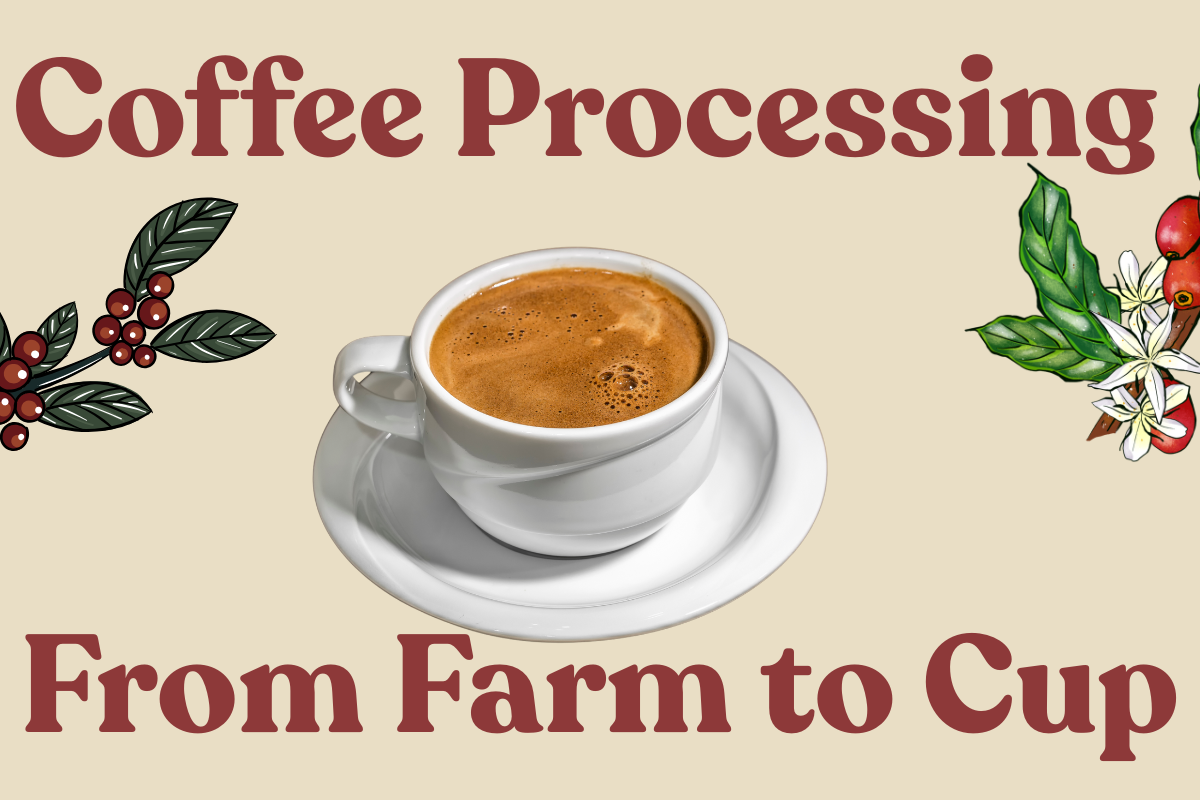Low Acid Coffee: Benefits, Best Beans, and How to Brew It at Home!
Does your morning cup of joe leave you with heartburn instead of happiness? Don’t worry, you’re not alone. And thankfully, you have options and don’t have to give up your morning ritual. There’s a smoother, gentler alternative that still tastes amazing. Inspired by a question from one of our online customers, this edition of the Gypsy Souls Journal will share everything you need to know about low acid coffee!
If you’re looking for better digestion and less reflux, lowest acidity coffee can give you just that, but with the same smooth taste. Keep reading to learn all about this coffee, why it matters, and how to make the perfect coffee with lowest acidity at home.
What is Low Acid Coffee?
When we say “low acid coffee”, we’re actually talking about pH levels, not flavor. Most traditional coffees will have a pH between 4.85 and 5.10, which makes them fairly acidic. However, low acid coffee typically has a higher pH , which is closer to neutral (7). This means it is gentler on the stomach and thus, is less likely to trigger acid reflux and digestive problems.
A key takeaway here is that “low acid” refers to how the coffee affects your body, not how it tastes. Many options labeled as the lowest acidic coffee deliver a satisfying brew but without the burn.
Who Should Drink It?
Coffee acidity is a result of the bright and tangy flavors present in a cup of coffee. Some people love these acidic notes, especially for the complexity they add to the brew. For others, especially folks with a sensitive stomach, acidic notes can cause problems. They can trigger symptoms such as heartburn, nausea, cramping, or a sour stomach (which are more noticeable when you take your coffee on an empty stomach).
If your daily brew leaves you feeling bloated (or uncomfortable), switching to coffee for a sensitive stomach could be a simple solution with BIG benefits. Low acid coffee is especially helpful for people dealing with digestive issues like acid reflux, GERD, IBS, or general stomach sensitivity.
These blends are designed to be easier on the gut, so you can enjoy your morning ritual without the unpleasant side effects. Plus, since highly acidic drinks can gradually wear down tooth enamel, low acid options are also a smart choice for anyone looking to protect their smile. It’s a win-win for your gut and your grin 😁
What Coffee is Lowest in Acidity?
This is one of the most common questions from sensitive coffee drinkers. We’d like to clarify first: the answer isn’t tied to a single brand or bag. It comes down to the type of beans, how they’re grown, roasted, and processed.
To answer what coffee has the lowest acidity, generally, beans grown at low altitudes (like those from Sumatra, Brazil, and some parts of Central America) tend to be naturally lower in acid. These regions produce beans with smoother and earthier flavor profiles. They will have less of the bright and citrusy sharpness you would find in coffees grown in higher altitudes.
Roast level is also important. The longer coffee is roasted, the more its acidity breaks down. So, darker roasts are usually lower in acidity than light or medium roasts. If you’re looking for the coffee with lowest acidity, without wanting to make any reach for a dark roast made from low-altitude beans. Our number one pick would be our Indonesian Sumatra for those looking for a low acid content, dark roasted bean!
Another factor in determining the pH is the processing method. Dry or “natural” processed coffees tend to be less acidic because the fruit stays on the bean longer during drying, which allows more natural sugars to absorb into the bean and smooth out the final flavor
The Gypsy Souls verdict: when looking for low acid coffee, aim for dark-roasted beans from low to medium growing altitudes, preferably processed using the dry method.
How to Brew Low Acid Coffee at Home?
Wondering how to brew low acid coffee? Well, it’s easier than you think!
One of the best methods is cold brew coffee. Because the grounds steep in cold water for 12 to 24 hours, the acids in the beans aren’t as readily extracted. The result is a smooth and mellow cup that’s up to 70% less acidic than traditional hot coffee.
If you’re brewing hot coffee, remember that the grind matters. If you go for a coarser grind, you’ll be able to prevent over-extraction (which draws out bitter and acidic compounds). Also, aim for a shorter brew time and avoid boiling water. You want to stick to water that’s just off the boil (around 195 to 205 °F or 90 to 96 °C).
The water you use also makes a difference. Filtered or alkaline water can help neutralize acidity, which will result in a gentler brew. An old-school trick, although it can feel strange, is adding a small pinch of crushed eggshells to your coffee grounds before brewing. Eggshells are alkaline and can slightly raise the pH of your cup!
With a few small brewing adjustments, coupled with picking the right bean, you'll be able to enjoy low acid coffee at home that’s as delicious as it is easy on your system.
Final Thoughts
Lowest acidic coffee is a smart choice for anyone dealing with digestive issues like GERD or IBS, or for those simply looking for a gentler cup. And here’s the best part: it doesn’t mean sacrificing taste. In fact, many low acid brews are incredibly tasty.
Whether you're exploring cold brew coffee, switching to a darker roast, or trying beans from low-acid regions like Brazil, there’s a world of options out there. If you have any questions or need help deciding which bean is right for you, do not hesitate to reach out to us! We are happy to connect with our customers and





